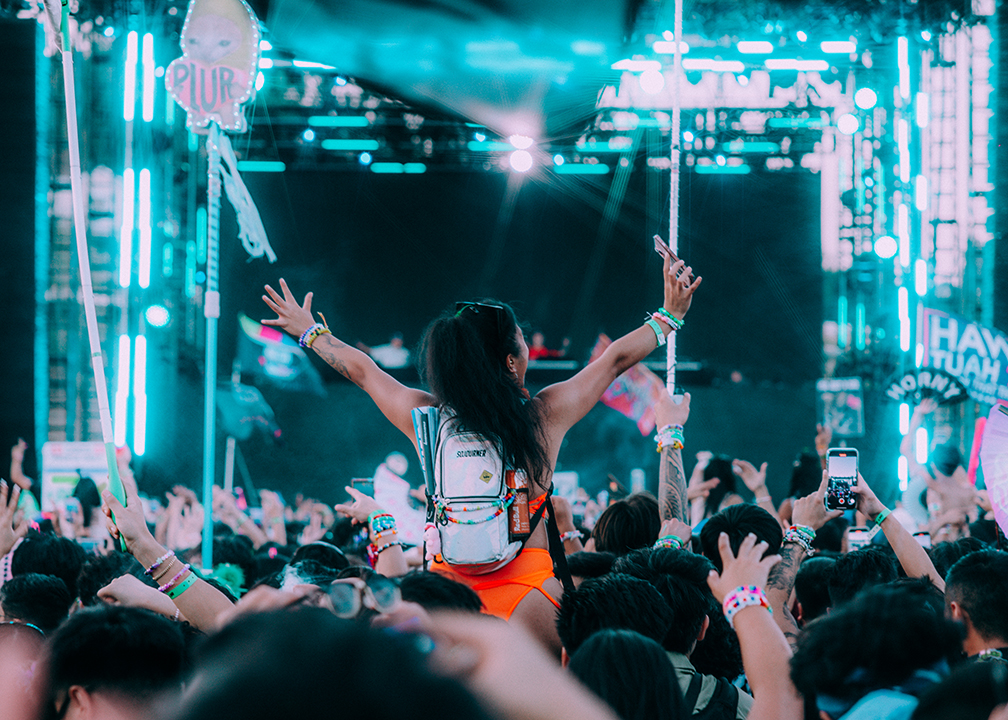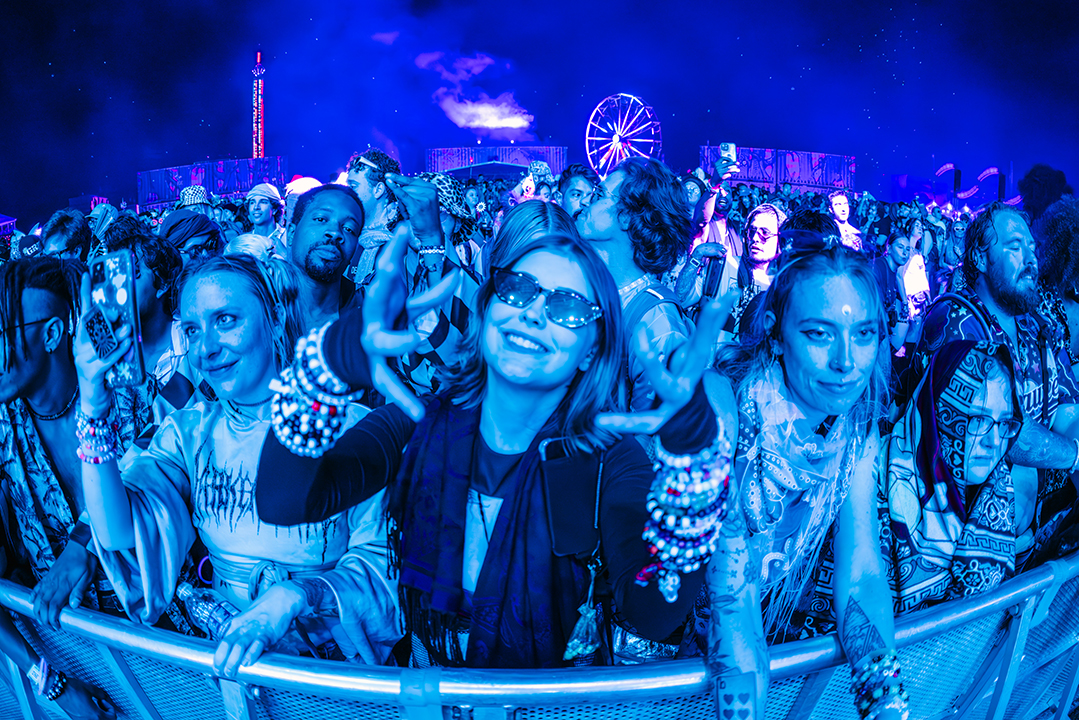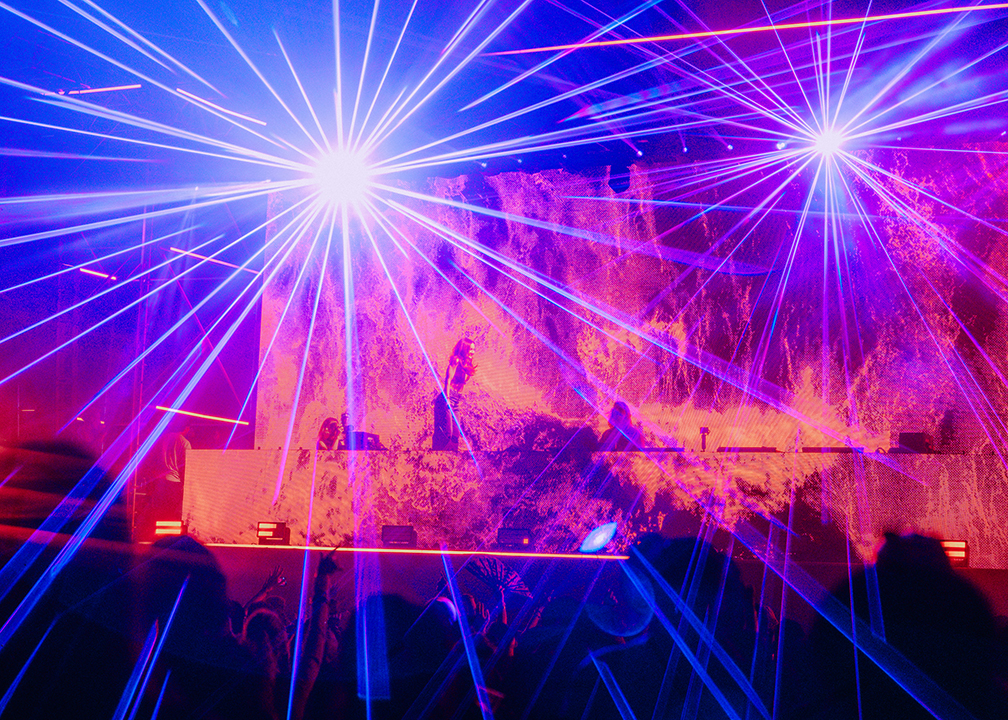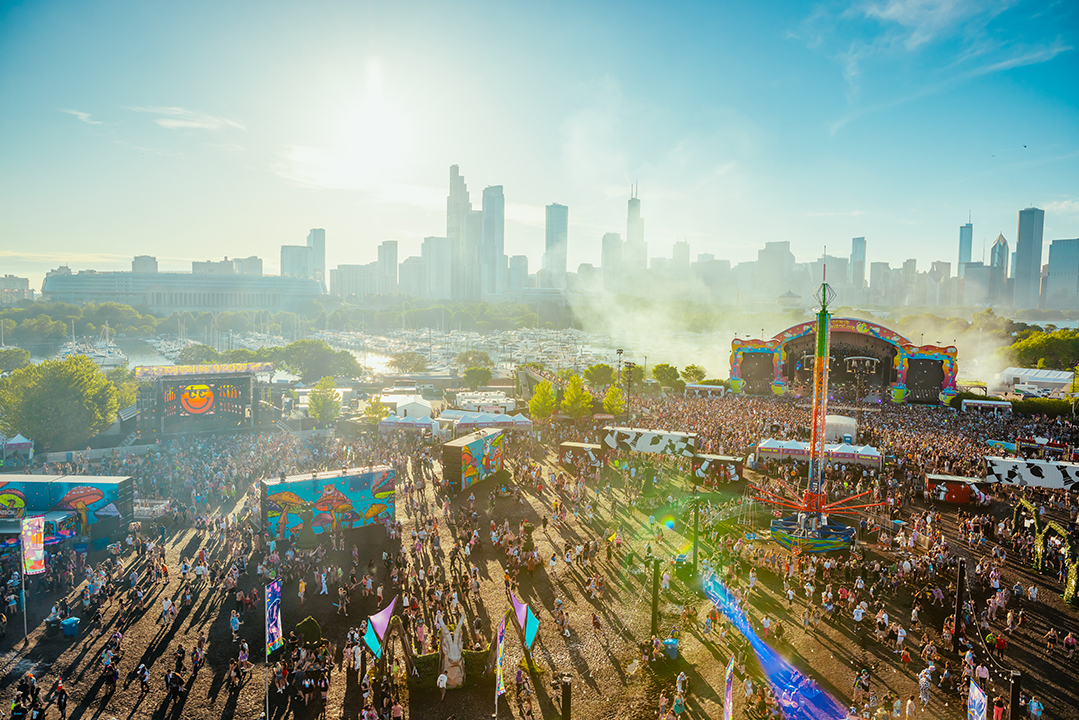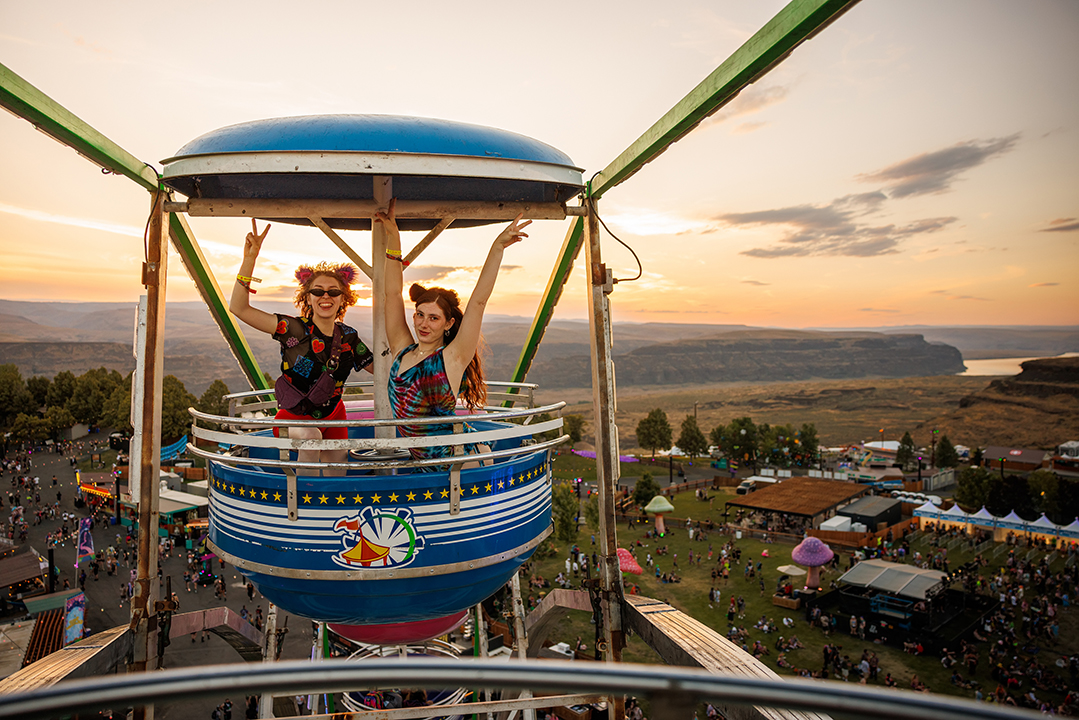Society appears to be gorging itself on nostalgia lately. From re-boots and spinoffs of old movies and TV series to a flood of Y2K-inspired fashion, Polaroids, and remixes of classic hit beats hitting the charts, there’s a palpable yearning for a simpler, more innocent time—and the rave community is no exception. “It was better in the early days” has become a popular theme in the conversations people are having about dance music festivals— and the “early days” can mean anything from the Y2K era underground to the heyday of the US EDM boom of the 2010s.
People harbor all kinds of feelings about the current state of rave culture, but the belief that the best days are behind us runs rampant. This line of thinking threads rave culture into the nostalgia fever that humans of 2024 can’t seem to get enough of. So what’s happening? What does the past have that the present doesn’t? Is it all downhill from here? It’s always hard to answer subjective questions like this, but taking a step back to understand why so many people think this way in the first place reveals a pretty interesting story.
The journey starts with taking a quick detour to the psychology field and learning a new word. Most people think of “nostalgia” when yearning for the past. Still, another concept might paint a better picture of what’s happening in rave culture (and the rest of society): Meet Anemoia, nostalgia’s idyllic cousin. Anemoia is “a yearning for a charming version of the past that never truly existed.” In other words, it’s nostalgia with rose-colored glasses. According to The Age Of Magical Overthinking author Amanda Montell, anemoia is super-charged by declinism. This cognitive bias leads humans to view the future negatively compared to the past. Now, let’s take these two psychology concepts out of the books and apply them to life in the post-COVID era…
People look to the past for comfort and guidance when they feel the world around them is chaotic and unpredictable—and the modern world offers no shortage of reasons to feel lost and anxious. But while the past can sometimes provide guidance, the human mind is volatile, and the glossy version of the past people cling to under these circumstances doesn’t always reflect reality.
Too much anemoia can lead people to dismiss positive aspects of the present, and more problematically, it can allow toxic traits of the past to resurface. Dangerous examples of this phenomenon are manifesting all over pop culture— my mind instantly goes to the “Tradwife” trend in which influencers, predominantly cis-hetero white women, promote a domestic homemaker lifestyle that embraces “traditional feminine” values. Their charming cottage core aesthetic and flower-printed dresses distract from a slew of sexist, misogynist, religiously zealous, and socially regressive ideals that endanger women—but what stressed-out office girlie doesn’t like fantasizing about making fresh-baked cookies in a quiet home all day while disassociating from Excel?
While I digress, the point here is that a distorted sense of attachment to the past can deepen dissatisfaction with the present, and only seeing the negative side of a situation can turn the future into a self-fulfilling prophecy. People concerned about the decline of rave culture might want to take note.
The list of ravers’ woes with today’s music festival climate seems to grow yearly. Skyrocketing ticket prices, overcrowding, and commercialization leave festivalgoers disillusioned and exploited. Veteran ravers clash with new ravers unfamiliar with the culture and the community’s expectations for crowd behavior. Several small and independent events went under in the wake of the pandemic, and others argue that social media encourages distraction and performative, self-centered behavior at events. All these changes contribute to frustration among ravers who feel the scene’s culture of community and rebellion is eroding.
These are all valid grievances. Corporate expansion, economic pressures, and technology have made irreversible changes to the electronic music industry, and the community is feeling the growing pains. It’s no surprise that many people say music festivals and raves today can’t offer the intimacy and accessibility they once did—at least not without doing some additional digging. The result? People who have been raving for years are finding that the space they once came to to escape the chaos of life is changing, too. It’s not hard to imagine why so many of them fantasize about turning back the clock. That said, the rave scene’s past was never perfect either, and there are good reasons to be wary of anemoia and declinism when looking to it for guidance.
Many dance music enthusiasts idolize the dog days of renegade raves in the 90s and early 2000s. Just like the hey-day of classic rock, punk, or hip hop, the genesis of a cultural movement has held a special place in people’s hearts and imaginations for generations—so that’s par for the course. The issue is that people are quick to scrub out the less-than-glamorous parts of the story when they place parts of the past on a pedestal, and early renegade raves weren’t always the love-bubble havens people make them out to be today. These environments also featured lower levels of awareness around consent and harm reduction, hazardous surroundings, and limited or no access to medical aid and security.
On top of all that, mainstream society held harsh stigmas around rave culture at this time, which forced ravers to keep their lifestyle secret. No one benefits from the shame that comes with having to keep part of their lifestyle concealed, and many ravers poured tireless effort into challenging these stigmas as well as into making raves safer. Previous generations of ravers poured effort into reforming the climate so that ravers today can feel safer, accepted, and free to be themselves.
Here’s another bonus for the present: The production that music festivals like Tomorrowland or EDC offer today are spectacles that people in the early heyday of raving could only imagine in their wildest dreams. From world-class sound systems, dazzling laser light shows, Imax-theater quality visual productions, immersive art installations, and stunning performances by artists from across the globe—modern dance music festivals transformed raving into a multifaceted sensory wonderland featuring every form of art. It’s a far cry from the dark gritty basements and warehouses of the underground days.
Comparing the pros and cons of the past against those of the present should illuminate that there is no such thing as a “perfect” time—but it’s not a productive use of anyone’s time otherwise. Every era of the rave culture came with highlights and challenges, and comparing them to each other won’t fix any present challenges. Getting high on nostalgia isn’t the answer.
Nonetheless, the past is always a valuable source of information and inspiration. As a nostalgia-loving raver, I’m delighted by some of the surprising ways the past is merging with the present today— techno is back more vital than ever, more people are trading in their phones for the intimacy and privacy of camera-free events, and while you may not see them on your Instagram feed, plenty of basement raves live on just out of sight.
Spaces where the spirit of the OG days of raving live on do exist; it just takes more effort to find them. That’s a small price to pay for the improvements in safety, transparency, and vibrant variety that the modern scene provides. There’s no denying that the dance music community also faces unique challenges today, but that’s always been the case. We can bring the perks of the past to the present to create something new and more beautiful, but fixing the present always works best when we live in the present.


